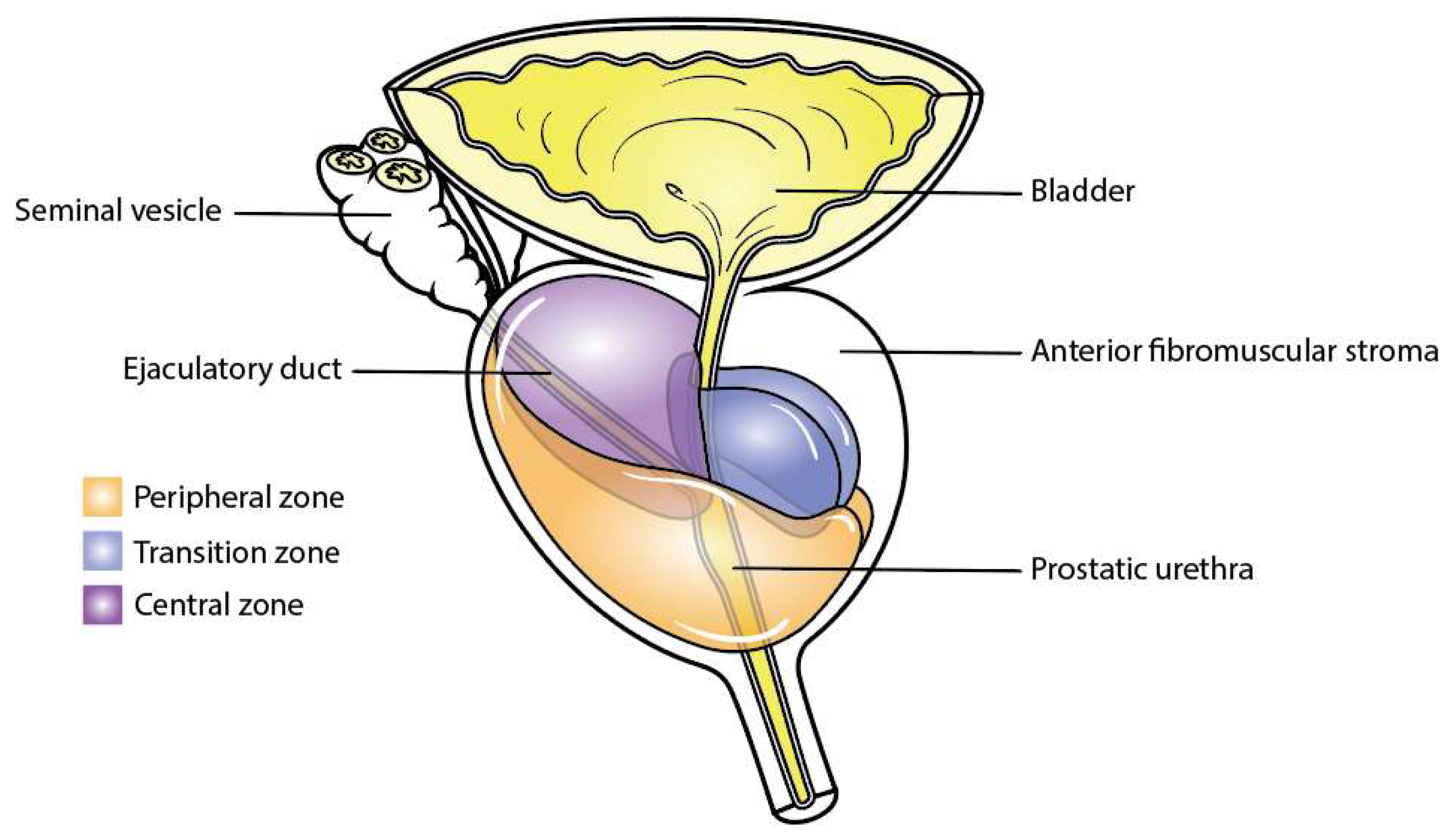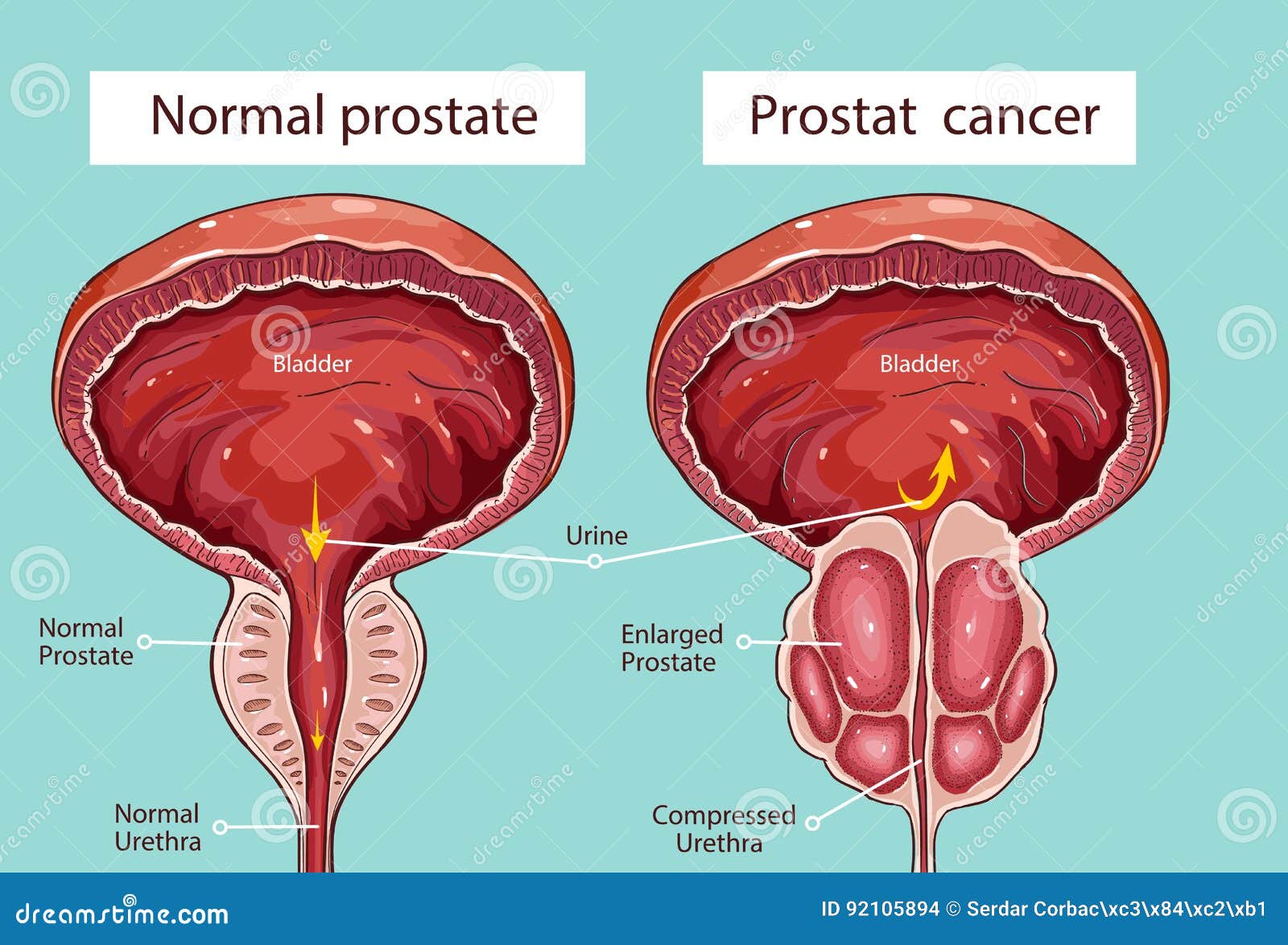Prostate Cancer Treatments: Finding Your Best Path Forward
Detail Author:
- Name : Prof. Madisyn Halvorson
- Username : frances.predovic
- Email : stark.monica@hotmail.com
- Birthdate : 1980-09-19
- Address : 906 Bailey Mountains Suite 182 Kochfort, WV 23001
- Phone : (479) 891-6761
- Company : Runte-Hodkiewicz
- Job : Life Science Technician
- Bio : Dignissimos saepe aliquam quo quam sequi ullam dicta. Optio voluptate porro maxime praesentium. Delectus et nam ex error et qui magni. Maiores qui facilis iusto.
Socials
linkedin:
- url : https://linkedin.com/in/gaylordg
- username : gaylordg
- bio : Velit ad fugit quia tenetur.
- followers : 6431
- following : 2990
facebook:
- url : https://facebook.com/ggaylord
- username : ggaylord
- bio : Omnis magnam aliquid eos molestiae enim ut vel recusandae.
- followers : 1551
- following : 1347
Receiving a prostate cancer diagnosis can feel like a lot to take in, truly. It's a moment when many questions come up, and figuring out what comes next can feel overwhelming, in a way. You might be wondering about all the different ways to approach this condition, and that's perfectly normal, you know. This piece is here to help shed some light on the various prostate cancer treatments available, offering a clear picture of what each one involves.
There are many choices when it comes to managing prostate cancer, and what works for one person might be quite different for another. It's not a one-size-fits-all situation, actually. Your own health, your age, and how the cancer is behaving all play a part in deciding the best course of action, more or less. We've seen many good changes in how we handle prostate cancer over the last couple of decades, which is encouraging.
Our aim here is to help you get a handle on the common treatment choices, like active observation, surgery, radiation, and hormone therapy, among others. We'll also touch on how doctors figure out which path is most suitable for you, based on things like test results and the cancer's characteristics. This information, you know, can help you have a better conversation with your care team about what's next.
Table of Contents
- Understanding Your Diagnosis First
- Watching and Waiting: Active Surveillance and Watchful Waiting
- Surgical Approaches to Prostate Cancer
- Radiation Therapy Options
- Hormone Therapy and Beyond
- Making Your Treatment Choice: What Matters Most
- Recent Advances and Ongoing Research
- Frequently Asked Questions
- Your Next Steps
Understanding Your Diagnosis First
Before any talk of treatment, it's really important to get a clear picture of your prostate cancer. This involves several steps, like initial tests and biopsy results, which help doctors figure out the cancer's stage and grade, as a matter of fact. Knowing these details helps guide the choices for treatment, because prostate cancer can act differently for different people, obviously.
Doctors look at things like your PSA level, which is a blood test, and the Gleason score from a biopsy, which tells them how aggressive the cancer cells appear. These details, along with imaging, paint a picture of where the cancer is and if it has spread, or if it's just in one spot. It's all part of making a very informed plan, you know.
Watching and Waiting: Active Surveillance and Watchful Waiting
Sometimes, if your doctor believes your prostate cancer is not likely to grow quickly, they might suggest not treating it right away. Instead, you can choose to observe it, which comes in a couple of forms. This approach, you see, is often considered when the cancer is found early and appears to be low-risk, more or less.
Active Surveillance
Active surveillance means keeping a close eye on the cancer with regular check-ups, PSA tests, and sometimes repeat biopsies. The idea is to avoid immediate treatment and its possible side effects if the cancer is behaving in a very slow way. If there are signs the cancer is changing or growing, then treatment can begin, as a matter of fact. This is a common choice for those with low-risk, localized prostate cancer, to be honest.
This approach lets you put off treatments that might impact your daily life, like surgery or radiation, for a while, or maybe even forever. It's about balancing the benefits of avoiding immediate side effects with the need to monitor the cancer's behavior, in a way. Your doctor will talk with you about the specific schedule for monitoring, you know.
Watchful Waiting
Watchful waiting is a slightly different approach, often chosen for older people or those with other significant health concerns. It means monitoring for symptoms and treating them as they appear, rather than actively looking for cancer progression. The focus here is more on comfort and quality of life, frankly. It's a way to manage the cancer without aggressive treatments if the risks of treatment outweigh the benefits, you see.
Surgical Approaches to Prostate Cancer
One common way to treat prostate cancer is by surgically removing the prostate gland itself. This procedure is called a prostatectomy. It's a major operation, and it aims to take out all the cancer that's within the prostate, basically. For many, especially when the cancer is contained within the prostate, this can be a very effective solution, to be honest.
There are different ways to perform this surgery, including open surgery or less invasive methods like robotic prostatectomy. Robotic prostatectomy uses special instruments controlled by the surgeon, which can mean smaller cuts and a quicker recovery for some people. Your medical team will explain the different methods and what might be a good fit for you, you know.
After surgery, there can be some side effects to consider, such as changes in urinary function or sexual health. Your doctor will discuss these possible effects with you, and there are often ways to manage them. It's a big decision, and understanding what to expect afterward is a very important part of the process, obviously.
Radiation Therapy Options
Radiation therapy uses high-energy rays to destroy cancer cells. This is another widely used treatment for prostate cancer. It can be given from outside the body, which is called external beam radiation, or by placing small radioactive sources inside the prostate, known as brachytherapy, you know. Both methods aim to target the cancer cells while trying to spare healthy tissues nearby.
External beam radiation therapy involves daily treatments over several weeks. It's like getting an X-ray, but with a much higher dose of radiation aimed at the prostate. Brachytherapy, on the other hand, involves a one-time procedure where tiny radioactive "seeds" are placed directly into the prostate gland, where they slowly release radiation over time. Your doctor will help you understand which type might be suitable, as a matter of fact.
Just like surgery, radiation therapy can have its own set of side effects, which might include changes in bladder or bowel habits, or effects on sexual function. These effects can vary from person to person. It's important to talk openly with your care team about any concerns you have, because they can offer ways to help manage these, in a way.
Hormone Therapy and Beyond
Prostate cancer cells often need male hormones, like testosterone, to grow. Hormone therapy works by lowering the levels of these hormones in the body or by blocking their effects. This can slow the cancer's growth or even shrink it. It's a very common treatment, often used alongside other therapies, or for cancer that has spread, you see.
Hormone therapy can be given through injections or pills. While it's effective at controlling cancer, it can also come with side effects, such as hot flashes, fatigue, or changes in bone density. Your doctor will explain how hormone therapy works and what you might experience, because understanding this is part of making a good choice, frankly.
Chemotherapy and Immunotherapy
For some prostate cancers, especially those that have spread or are no longer responding to hormone therapy, other treatments like chemotherapy or immunotherapy might be considered. Chemotherapy uses strong medicines to kill cancer cells throughout the body. Immunotherapy, on the other hand, helps your body's own immune system fight the cancer, you know.
These treatments are typically used for more advanced cases of prostate cancer. They each have their own ways of working and their own possible side effects. Your medical team will assess if these options are right for your specific situation and discuss what to expect, as a matter of fact. There are always new research findings coming out, too, which is very promising.
Supportive Care
No matter what main treatment path you choose, supportive care is a very important part of your overall plan. This kind of care focuses on managing symptoms and side effects, as well as helping you maintain your quality of life throughout your journey. It can include things like pain management, nutritional support, and emotional support, you know. It's about looking after your whole self, not just the cancer, basically.
Making Your Treatment Choice: What Matters Most
Choosing the right prostate cancer treatment is a very personal decision, and it truly looks different for everyone. Your medical team will give you a full assessment, taking into account many factors. These include the cancer's stage, its risk group, your Gleason score, and your PSA level, as a matter of fact. They also consider your overall health, your age, and what you prefer for your life, you see.
Because prostate cancer usually grows slowly, doctors often have time to explore options with you. It's not always a rush. You have many choices, from surgery to chemotherapy, and it all depends on your specific situation. This is where talking openly with your doctor about available treatments and how they might affect you becomes incredibly important, you know. Sometimes, a combination of several treatments, like surgery with radiation or hormone therapy, might be used.
It's also worth knowing that clinical trials are an option for some people. These trials explore new ways to treat cancer and can offer access to cutting-edge therapies. You can learn more about clinical trials from reputable health organizations. Discussing these possibilities with your doctor is a good idea, as a matter of fact.
Recent Advances and Ongoing Research
We've made significant strides in prostate cancer screening and treatment over the past 20 years, honestly. Advances like robotic prostatectomy have changed how surgery is done, and research continues to bring new insights and options. This ongoing work means that treatments are always getting better, and outcomes are improving for many, you know. There's a lot of hope in the scientific community, as a matter of fact.
New discoveries in areas like immunotherapy and targeted therapies are constantly happening, offering more precise ways to fight cancer with potentially fewer side effects. This means the landscape of prostate cancer care is always moving forward. Keeping up with these advancements is part of providing the best possible care, you see.
Frequently Asked Questions
Here are some common questions people often have about prostate cancer treatments:
What are the main options for prostate cancer treatment?
The main approaches to treating prostate cancer include active surveillance or watchful waiting, surgery to remove the prostate, radiation therapy to destroy cancer cells, and hormone therapy to slow cancer growth. Chemotherapy and immunotherapy are also options for some situations, you know.
How do doctors decide which treatment is best for me?
Doctors consider many things when recommending a treatment plan. This includes the cancer's stage and grade, your PSA level, your overall health, your age, and your personal preferences. They will also look at whether the cancer is likely to grow quickly or not, as a matter of fact. It's a very personalized process, basically.
Can prostate cancer be cured?
While there are no guarantees, early cases of prostate cancer can be treated with a very high success rate, almost 99% in some instances. The chance of a successful outcome depends a lot on how early the cancer is found and how it responds to treatment. Your medical team will discuss your specific outlook with you, you see.
Your Next Steps
Facing a prostate cancer diagnosis brings many thoughts and decisions, truly. The most important step is to talk openly with your doctor about all the available treatment options and how they might affect you. They can provide a comprehensive assessment and help you weigh the pros and cons of each choice. You can learn more about prostate cancer on our site, and find more detailed information on this page.
Remember, treatment for prostate cancer will look different for everyone, and it's a path you'll walk with your care team. There are resources and services available to help you learn about treatment options, possible side effects, and offer support throughout your journey, you know. Taking it one step at a time, with good information, can make a real difference, honestly.

Anatomia | Free Full-Text | Molecular Anatomy of Prostate Cancer and

Normal Prostate and Acute Prostatitis. Medical Illustration Stock

Xray prostate organ 3D rendering illustration with male body contours